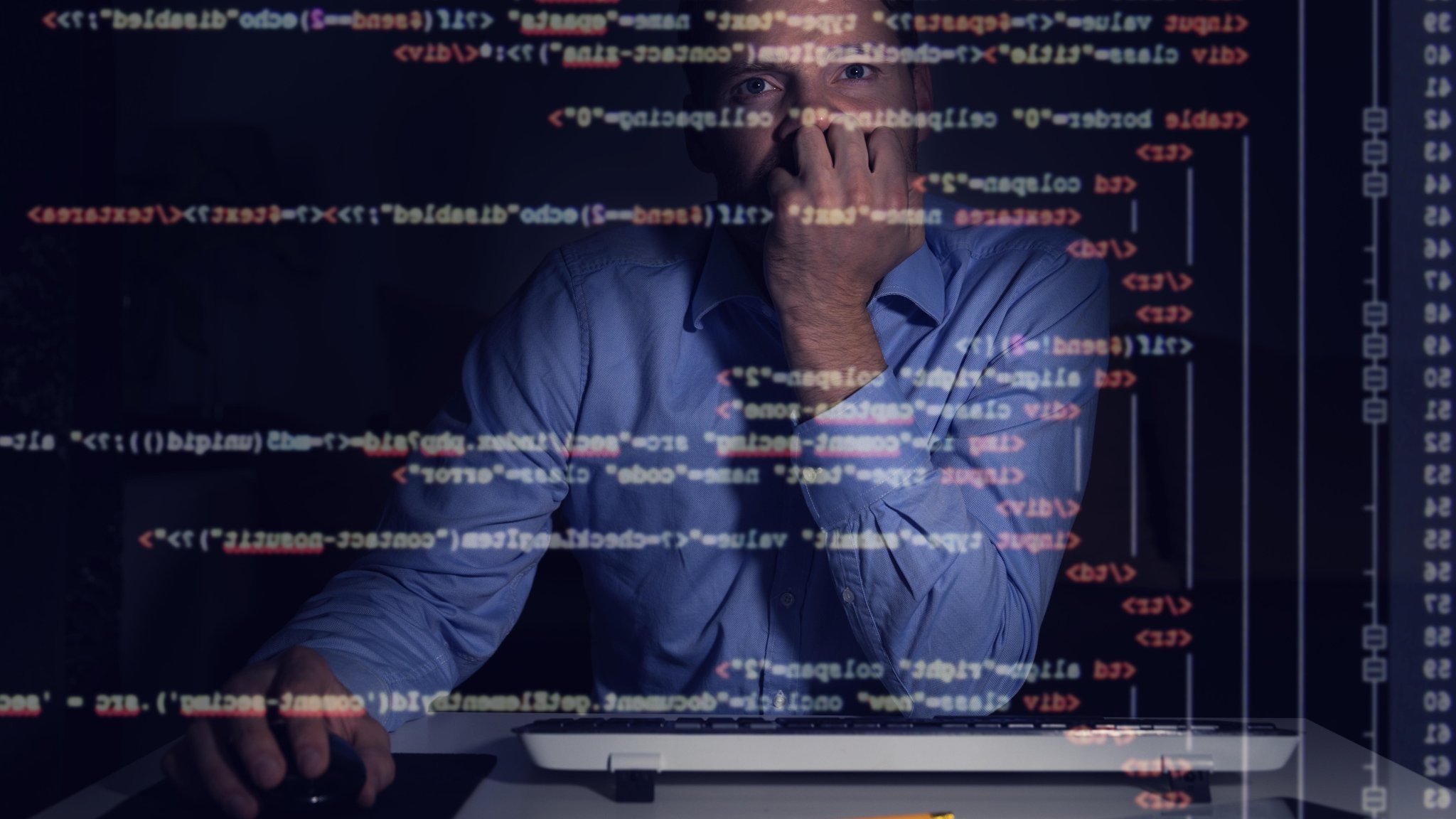The news has made us all keenly aware that computer algorithms have bested humans in numerous arenas from games to more serious tasks like image recognition. In the financial sector, what often follows is a discussion of the holy grail of fund automation: computer programs that can pick the best investment strategies, accurately, consistently, and inexpensively. Enter quantitative and artificial intelligence guided funds, or “quant” and “AI” funds, respectively.
Quant funds are based on computer algorithms developed by programmers who themselves are well versed in the financial markets or who are working hand-in-hand with those who are. Those algorithms adhere to a specific strategy, attempting to use a computer’s overwhelming computative ability to perfect said strategy. Such funds often require a great deal of testing, error-checking, and fine-tuning. Investors demand no less, and the same can be said for regulators.
Notably, quant funds shouldn’t be confused with artificial intelligence, or “AI,” guided funds. Unlike quant funds, AI funds do not rely as much upon human input to adapt to market changes; in other words, an AI fund takes out or, at least, lessens the human element of fine-tuning that quant funds usually require. AI funds may be the next step in this technological evolution as evidenced by their growing popularity. This will, of course, entail a raft of regulatory and due diligence scrutiny, as well.
Ironically, due diligence of these financial products starts by properly diligencing the human element, i.e., those who are writing the computer codes and/or feeding in test data. Is this task being outsourced? What experience do the coders have with this technology, with finance and, of course, the fintech environment? How are they curating the data upon which the algorithms rely? After all, a solution based on the wrong input won’t get anyone far.
Along with the set-up, it is crucial to query how the outputs are being monitored and by whom. Is it being done by the proper people? How often are outputs monitored and do the results lead to fine-tuning? Is it even being done by people or, rather, is AI analyzing the results? If so, this brings us back to the first step: who are the people who set up this system and are they properly qualified? It seems crucial to get a solid answer regarding how a computerized process is audited; again, investors and regulators are expected to demand no less.
The more involved computers become, the greater the challenge in finding transparency. As with any proprietary investment methodology, quant managers assiduously guard their code. So how do investors determine if the decisions were made properly? And, for AI, there may be an additional layer of obscurity once the human element is minimized. This has even generated a new acronym, “XAI,” or Explainable Artificial Intelligence, acknowledging the necessity to explain machine learning and the related outputs.
This ever-developing area requires due diligence that keeps pace. Technology-enabled diligencing is becoming commonplace; artificially-driven diligence may become a requirement as the financial world becomes more computerized. In the interim, the best we can do is try to understand what’s on the table and, yes, is it a who or what in the driver’s seat?
This article is not a solicitation of any investment product or service to any person or entity. The content contained in this article is for informational use only and is not intended to be and is not a substitute for professional financial, tax or legal advice.


